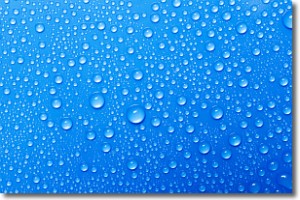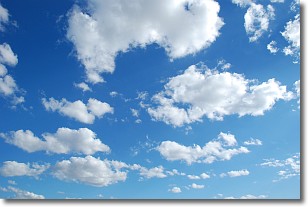Weather Alert in California
Winter Weather Advisory issued April 25 at 2:08PM PDT until April 27 at 11:00AM PDT by NWS Reno NV
AREAS AFFECTED: Mono
DESCRIPTION: * WHAT...Snow. Snow accumulations of 3 to 6 inches along the Sierra crest with 10 to 12 inches along highest peaks, including the White Mountains. 1 to 3 inches for communities along Highway 395. Ridge winds gusting up to 50 mph. * WHERE...Mono County. * WHEN...From 5 PM this afternoon to 11 AM PDT Sunday. * IMPACTS...Travel could be difficult at times. The hazardous conditions could impact the Friday evening commute and weekend travel, especially across Sierra passes. * ADDITIONAL DETAILS...Heaviest snowfall expected Friday night and Saturday morning. Snow will struggle to accumulate on roadways during the daytime hours, though isolated heavy snow showers may bring greater accumulations Saturday afternoon.
INSTRUCTION: Slow down and use caution while traveling. The latest road conditions for the state you are calling from can be obtained by calling 5 1 1.
Want more detail? Get the Complete 7 Day and Night Detailed Forecast!
Current U.S. National Radar--Current
The Current National Weather Radar is shown below with a UTC Time (subtract 5 hours from UTC to get Eastern Time).

National Weather Forecast--Current
The Current National Weather Forecast and National Weather Map are shown below.

National Weather Forecast for Tomorrow
Tomorrow National Weather Forecast and Tomorrow National Weather Map are show below.

North America Water Vapor (Moisture)
This map shows recent moisture content over North America. Bright and colored areas show high moisture (ie, clouds); brown indicates very little moisture present; black indicates no moisture.

Weather Topic: What is Condensation?
Home - Education - Precipitation - Condensation
 Next Topic: Contrails
Next Topic: Contrails
Condensation is the process which creates clouds, and therefore
it is a crucial process in the water cycle.
Condensation is the change of matter from a state of gas into a state of liquid,
and it happens because water molecules release heat into the atmosphere and
become organized into a more closely packed structure, what we might see as
water droplets.
Water is always present in the air around us as a vapor, but it's too small for
us to see. When water undergoes the process of condensation it becomes organized
into visible water droplets. You've probably seen condensation happen before on the
surface of a cold drink!
Next Topic: Contrails
Weather Topic: What are Cumulonimbus Clouds?
Home - Education - Cloud Types - Cumulonimbus Clouds
 Next Topic: Cumulus Clouds
Next Topic: Cumulus Clouds
The final form taken by a growing cumulus cloud is the
cumulonimbus cloud, which is very tall and dense.
The tower of a cumulonimbus cloud can soar 23 km into the atmosphere, although
most commonly they stop growing at an altitude of 6 km.
Even small cumulonimbus clouds appear very large in comparison to other cloud types.
They can signal the approach of stormy weather, such as thunderstorms or blizzards.
Next Topic: Cumulus Clouds
Current conditions powered by WeatherAPI.com




